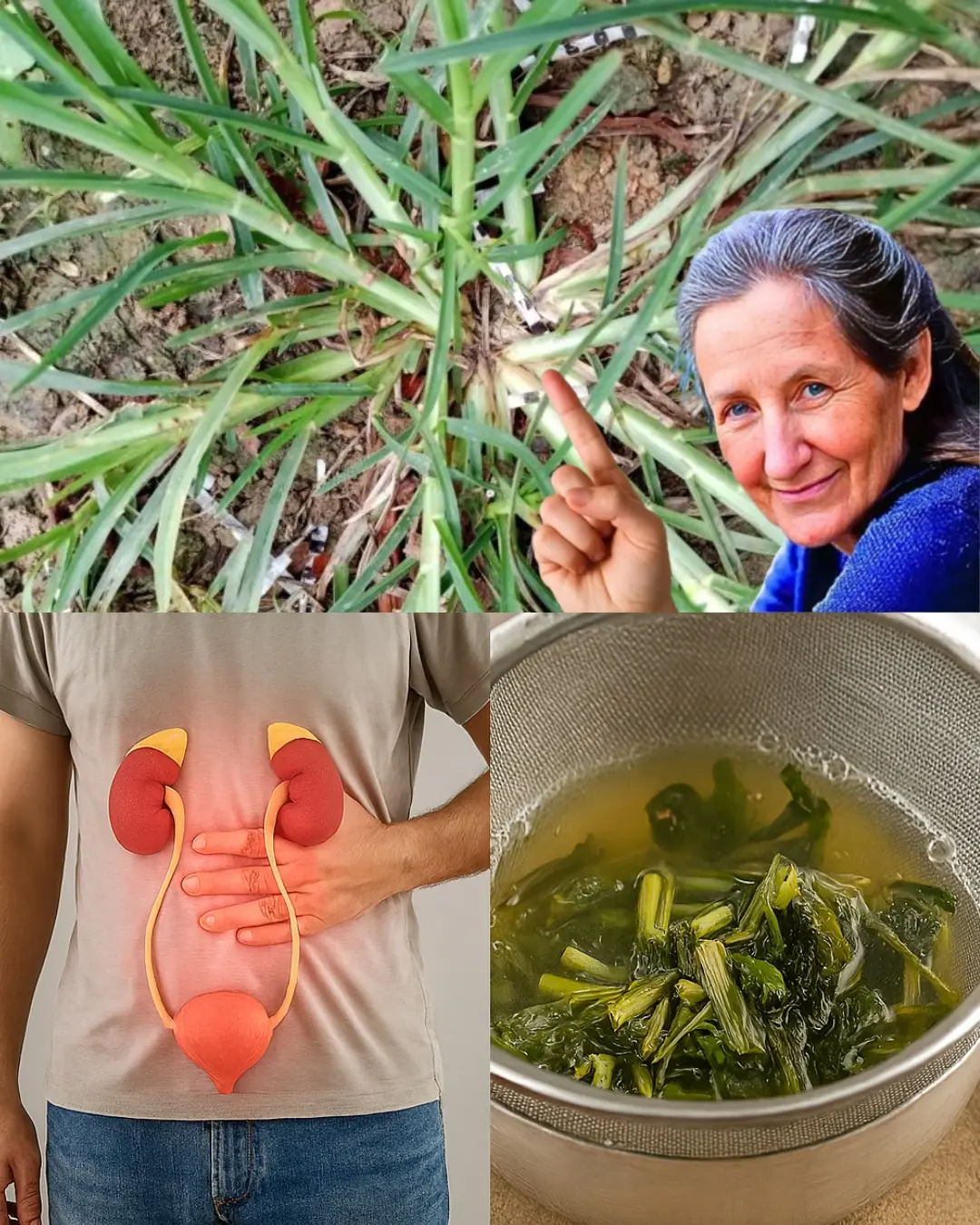
Online users look for answers on old wooden objects that fed clothing to the wind

Long before technology sent single socks into a spinning purgatory, people were more resourceful, creating tools to effectively complete the most daunting of household chores.
One of those tools is this wooden peg, which over the years evolved into a two-piece pin that secured items to a line. This was a significant improvement from the earlier model that fed socks and other garments to the wind, “a serious evil to washerwomen.”
Keep reading to learn more about this wooden tool!
Recently, an online user found little wooden dowels with two legs and went to social media looking for help in identifying the objects.
The Facebook post attracted a generation of nostalgic boomers, offering the answer: “Old school clothespins. [We] used them for hanging clean wet clothes outside on the [clothes] line to dry in the sun [and] fresh air!”
A wooden clothespin, also known simply as a clothes peg, is a traditional household tool used for hanging wet laundry on a clothesline to dry. Today, the pins typically consist of two wooden pieces hinged together at one end, with a spring mechanism that provides the necessary tension to grip onto the clothing.
Ancient times
The history of wooden clothespins can be traced back to ancient times when people used various methods to secure their laundry while drying.
The earliest carved clothespins date back to ancient times and were quite different from the wooden clothespins we are familiar with today. These early clothespins were typically handcrafted from natural materials such as wood, bone, or even stone, and oftentimes featured ornate patterns or motifs.
The modern wooden clothespin, as we know it today, emerged in the 19th century as a response to the growing need for a convenient and effective tool to hang laundry.
The earliest versions of the clothespins we know today, were handcrafted from solid wood, often maple or birch, and featured a simple design consisting of two pieces of wood hinged together with a small spring or metal wire.
‘Evil to washerwomen’ and men
The modern design we know today, dates back an 1853 patent of a clothespin by Vermont’s David M. Smith.
According to his patent, dated October 25, 1853, the updated clothespins “are hinged together” by a wire “so that the two longer legs may be moved toward each other and at the same time move the shorter ones apart.”
The two wooden pieces are shaped in such a way that they form a clamp when squeezed together. This allows the clothespin to securely hold onto garments without causing damage. The spring mechanism ensures that the clothespin remains closed when in use, providing a reliable grip on the laundry even in windy conditions.
Smith details in the patent: “Another advantage and a very important one too, [what] my improved clothes pin possesses over the common pin is that it cannot be detached from the clothes by the wind as is the case with the common pin and which is a serious evil to washerwomen.”
Evolving pins
As industrialization progressed in the 19th and early 20th centuries, the manufacturing process for wooden clothespins became more mechanized. Wooden clothespin factories emerged, producing large quantities of standardized clothespins at a faster rate and lower cost. This made wooden clothespins more accessible to a broader range of households, contributing to their widespread use as a laundry tool.
Throughout the 20th century, wooden clothespins remained a staple in households worldwide, despite the introduction of alternative materials such as plastic. Their simplicity, durability, and affordability made them a preferred choice for hanging laundry, particularly for those without access to modern drying technologies.
Today, wooden clothespins continue to be produced and used in households around the world, either for crafts or clothes drying, and are cherished for their nostalgic appeal and eco-friendly properties.
While plastic clothespins have become more prevalent in some regions due to their lower cost and mass production, wooden clothespins remain a symbol of traditional laundry practices and sustainable living.
What’s worse, losing socks to the wind or in a dryer? Please let us know what you think of this story and then share it with your friends so we can hear what others have to say!
News in the same category


15 things a woman should never tell a man

Who Would You Give Your Seat to on the Bus? Your Answer Reveals Personality Insights

Can You Spot the 6 Hidden Words in This Living Room Image?

What’s the purpose of the fabric strip across hotel beds?
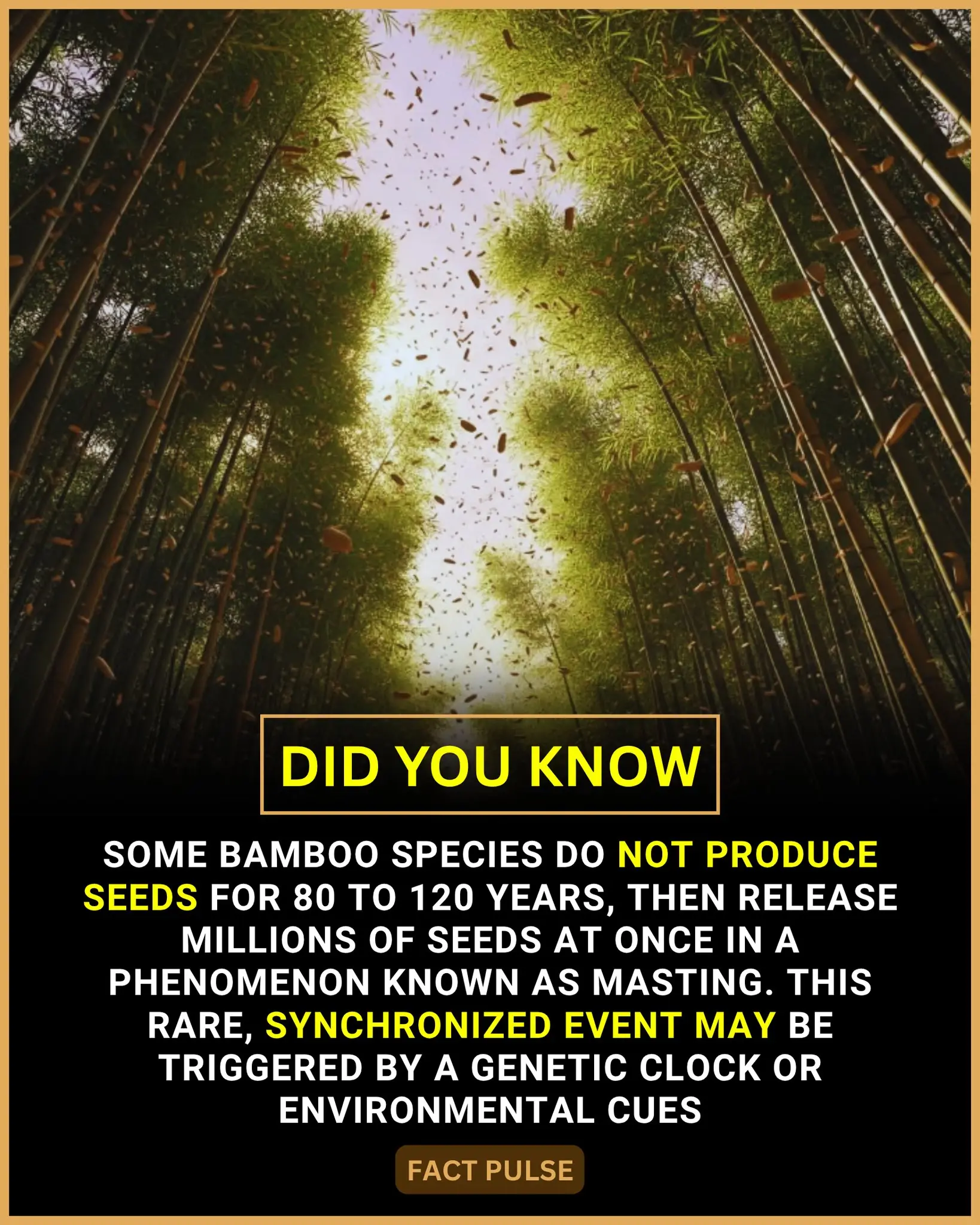
The Astonishing Life Cycle of Bamboo: A Once-in-a-Lifetime Botanical Spectacle
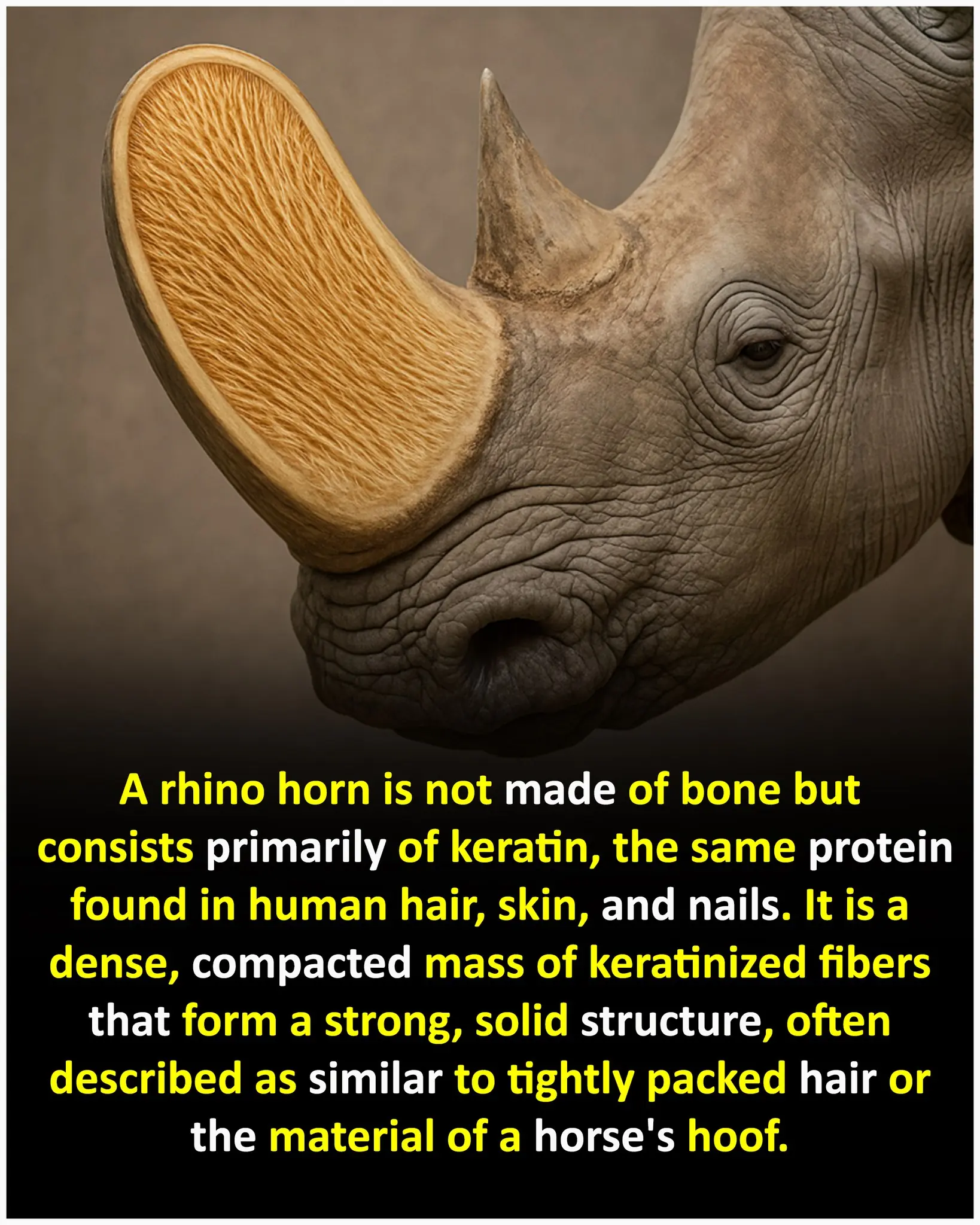
The Truth About Rhino Horns: What They're Really Made Of

Never keep these 4 relics after losing a loved one

A Touch of Viking Brilliance: Moss-Carpeted Homes in Norway
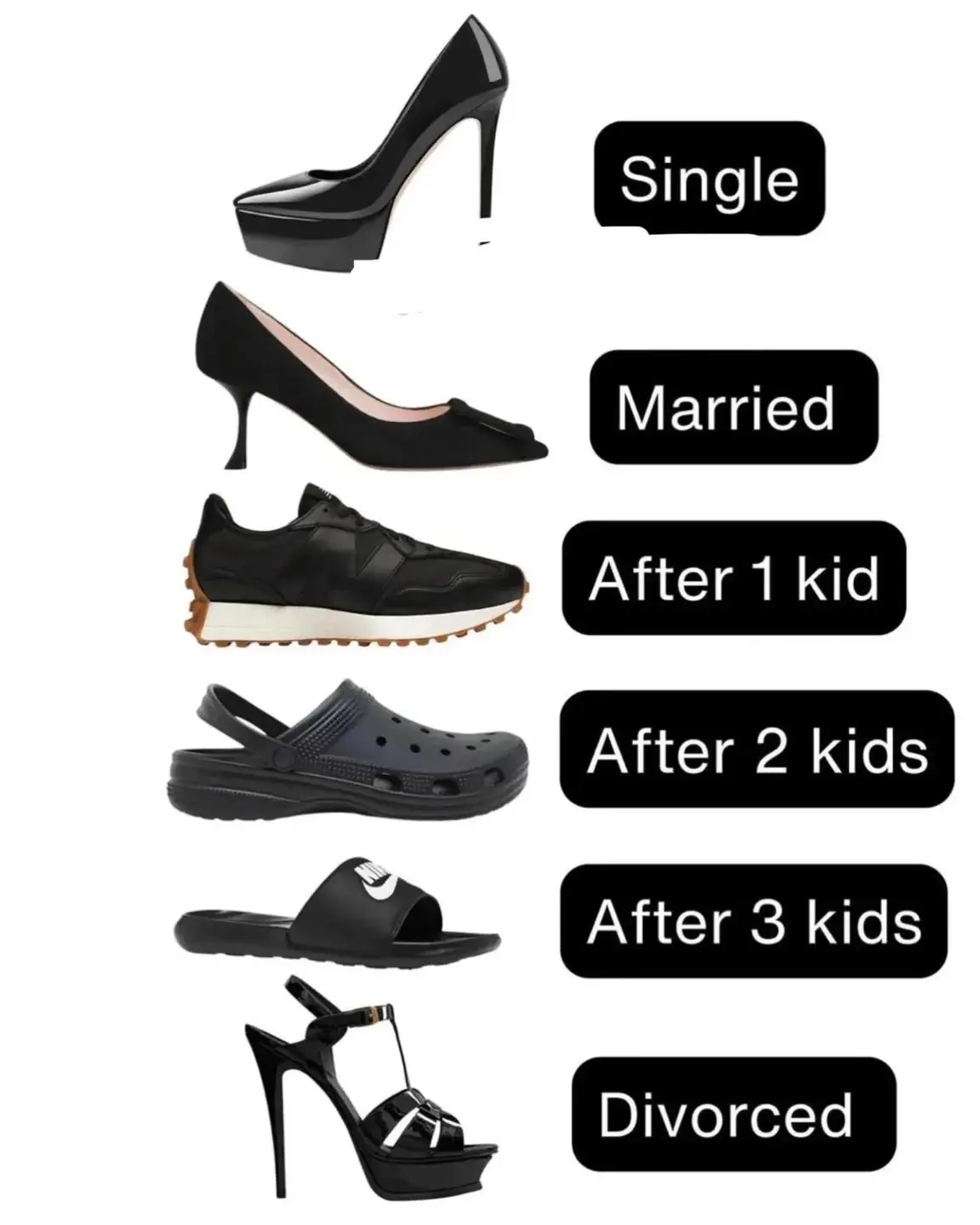
👠 From Stilettos to Slides: A Woman’s Life Journey Told Through Her Shoes

The ring you pick will reveal your truest trait

5 Reasons Why Some Men Prefer Slim Women

The Mpemba Effect: Why Hot Water Can Freeze Faster Than Col

Why do women cross their legs when sitting?

16 Subtle Clues Your Partner May Not Be Loving You as You Deserve

The Fascinating History and Ingenious Design of Japan’s Nightingale Floors

What does it symbolize when a person who passed away appears in your dream

'Too sexual': I let my 12yo pierce this hidden body part
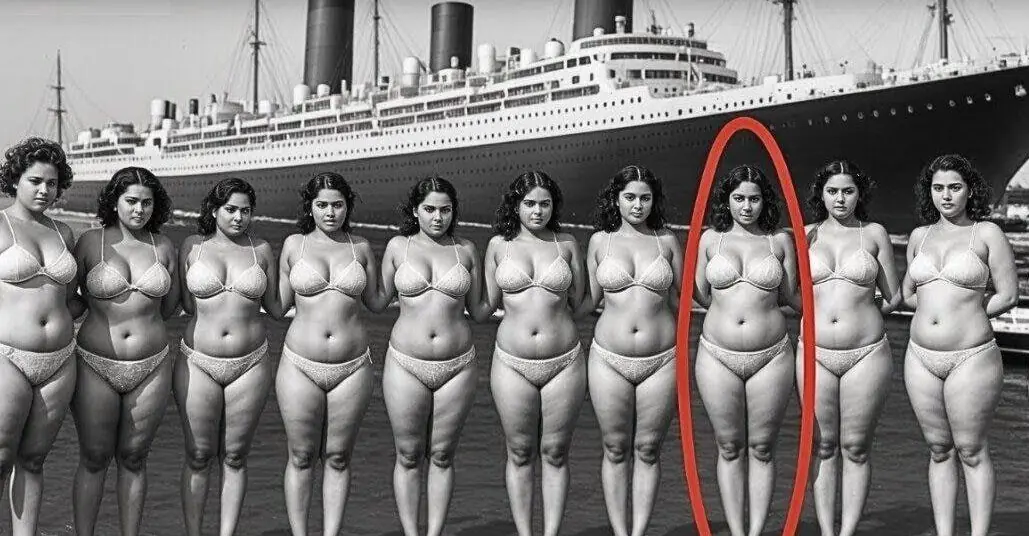
Photos From The Past That Changed The World”: Rare Historical Photos That Are Worth Seeing

The Fascinating History and Ingenious Design of Japan’s Nightingale Floors
News Post

People at Risk of Cancer Often Show 3 Signs on the Neck – Early Checkups Could Save Your Life
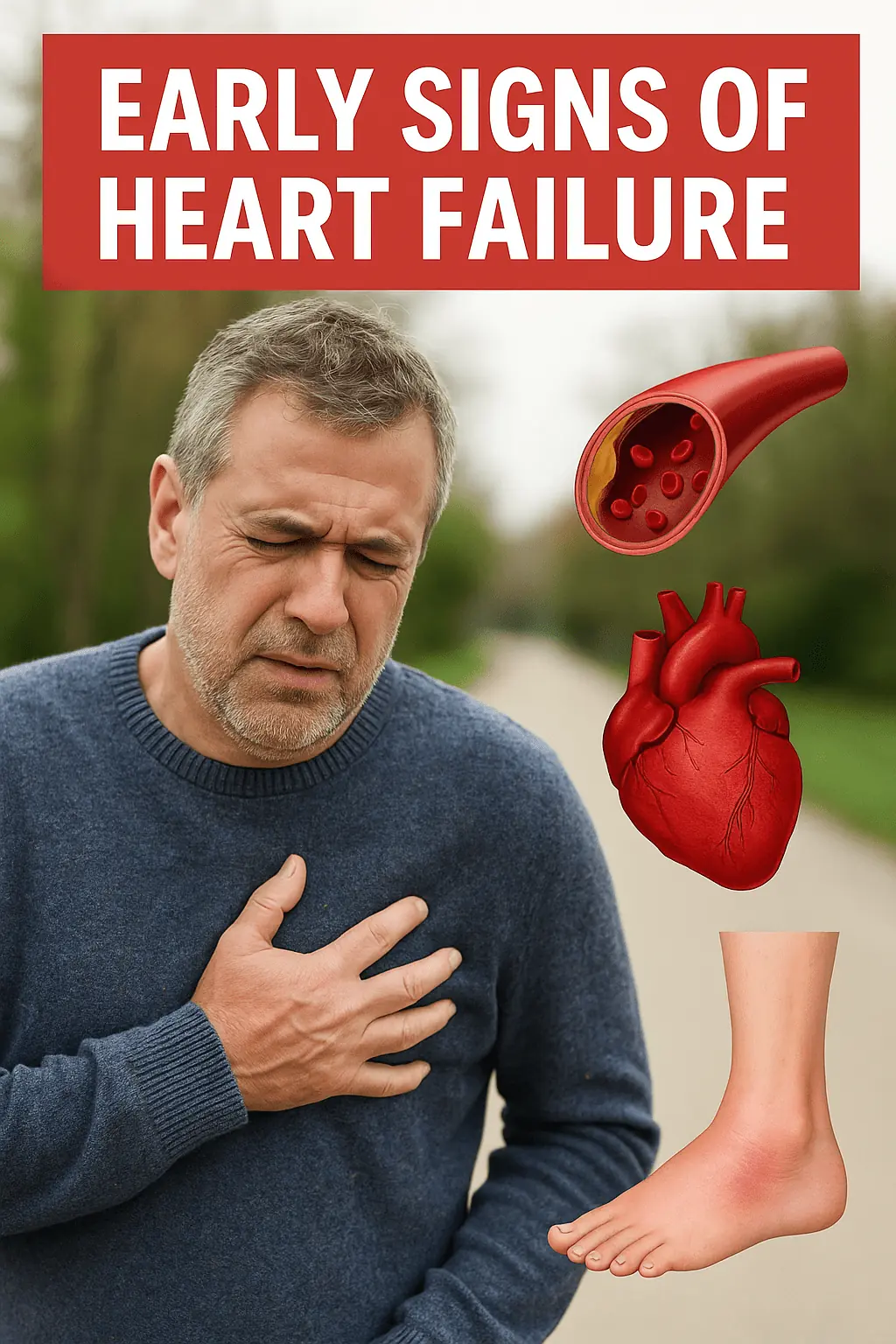
8 Subtle Warning Signs of a Heart Attack You Shouldn’t Ignore

12 NATURAL HOMEMADE CLEANERS that will clean, sanitize and disinfect everything in our homes

Shocking Avocado Dangers You NEED to Know Before Your Next Bite! Could One Fruit Trigger Irreversible Harm?

Truth behind viral statement after married CEO caught with employee on Coldplay kiss cam

Over 60 killed after fire rips through newly opened mall in Iraq following AC explosion

7 Early Signs of Stomach Cancer Everyone Should Know to Prevent Metastasis

6-Year-Old Boy Suffers Stroke Right After Waking Up – Doctors Emphasize 4 Warning Signs Parents Must Recognize to Save Their Child

If You Have Colon Polyps, These 4 Symptoms During Bowel Movements Could Be a Warning – See a Doctor Before It's Too Late

🍓🍰 Berry Mousse Genoise Layer Cake 🎂
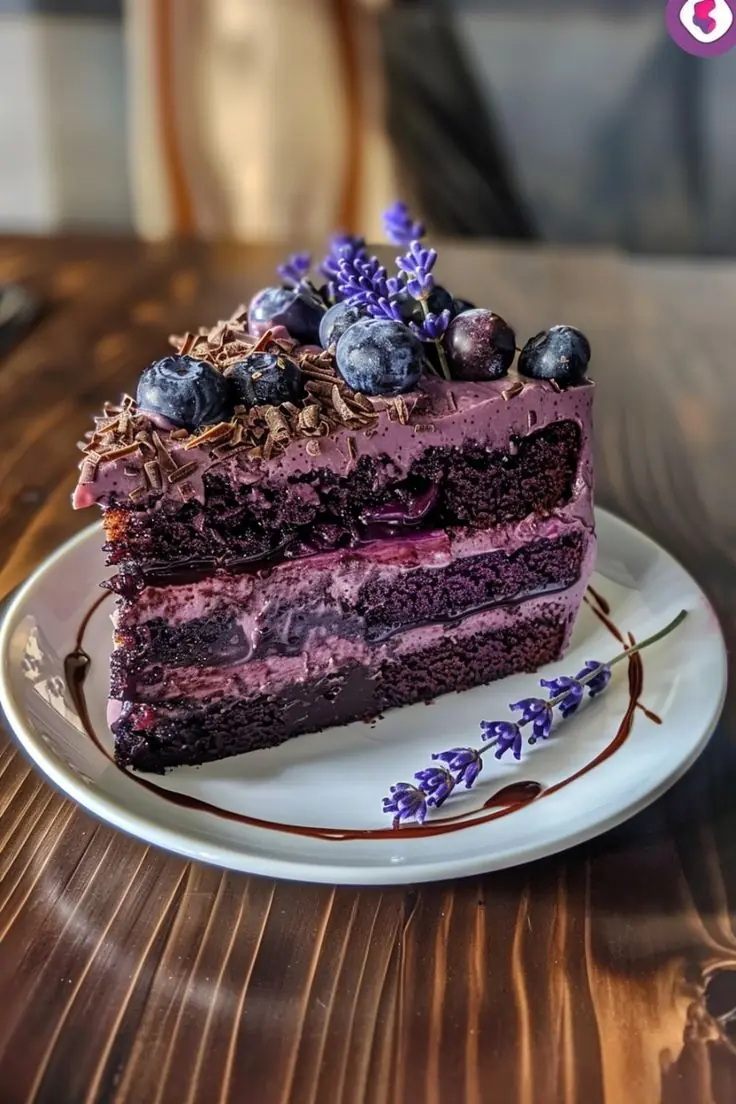
🫐🍰 Nova Scotia Blueberry Cream Cake 🍰🫐

🍑 Gourmet Peach Ice Cream Recipe

Discover the Secret to Naturally Banishing Skin Tags with Lemon & Ginger
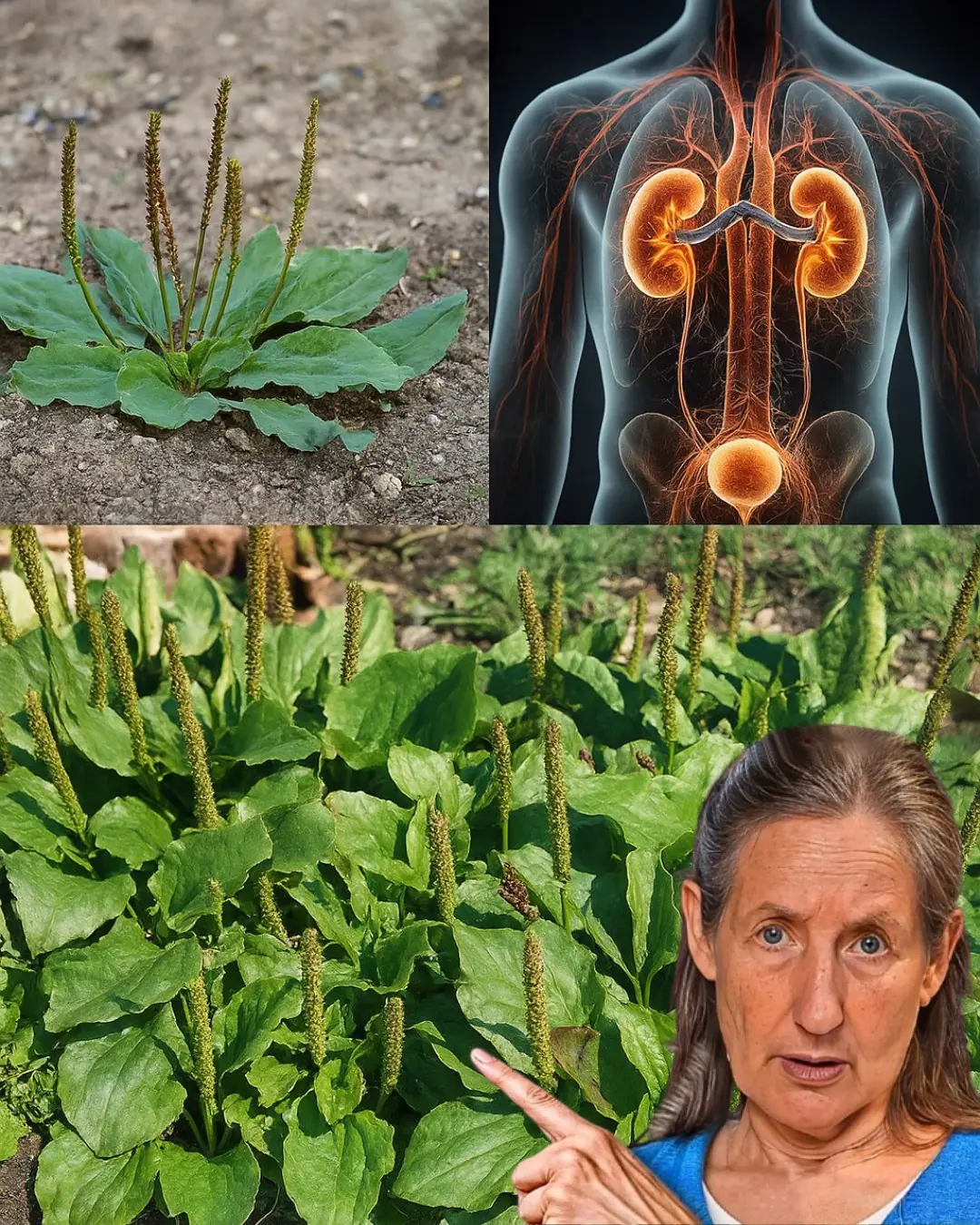
Broadleaf Plantain Unveiled: 30 Astonishing Benefits of Nature’s Hidden Healer

Glow Like Never Before: The Lemon & Charcoal Skincare Secret That Will Transform Your Skin
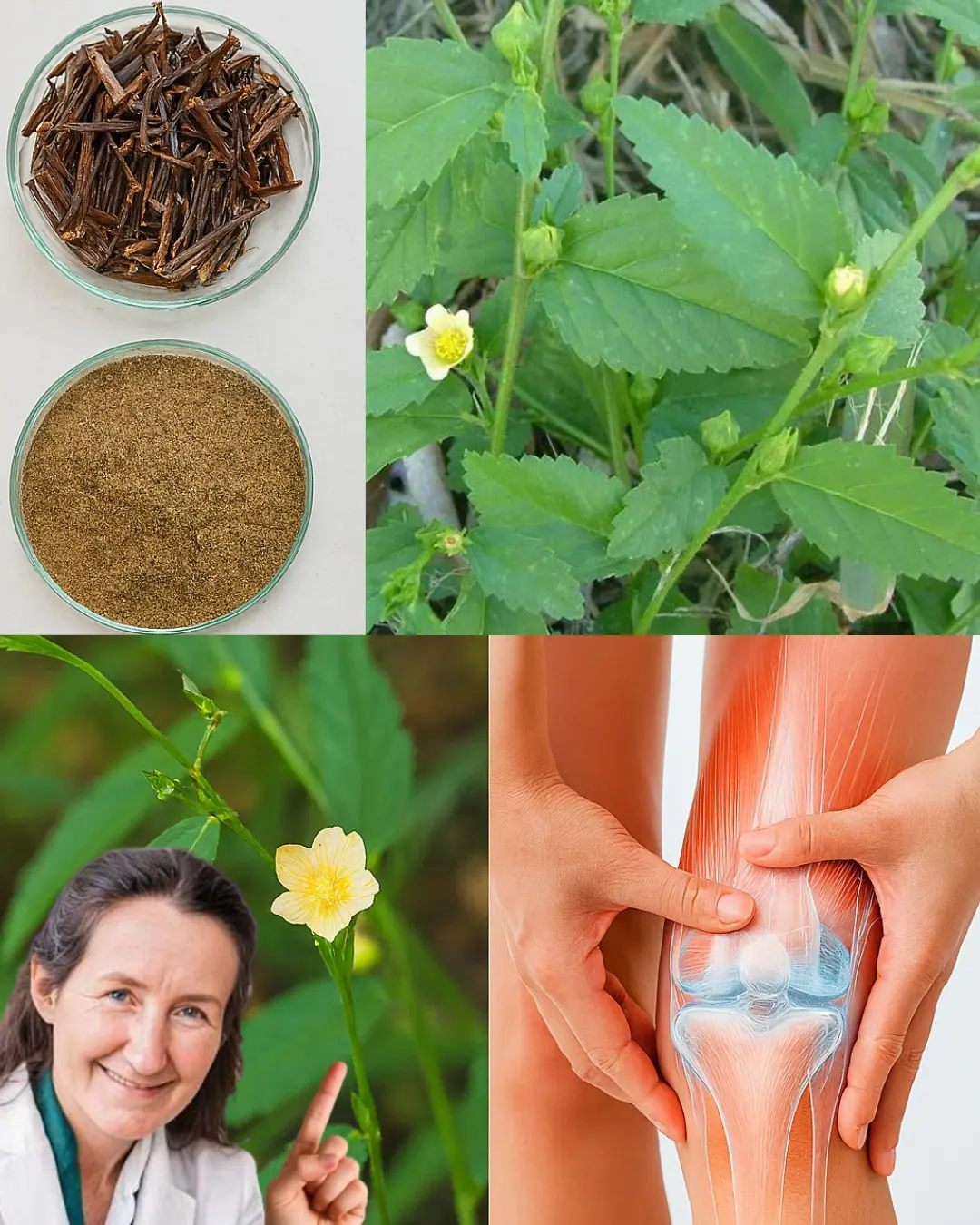
Sida Acuta: The Hidden Miracle Herb You Need to Know About
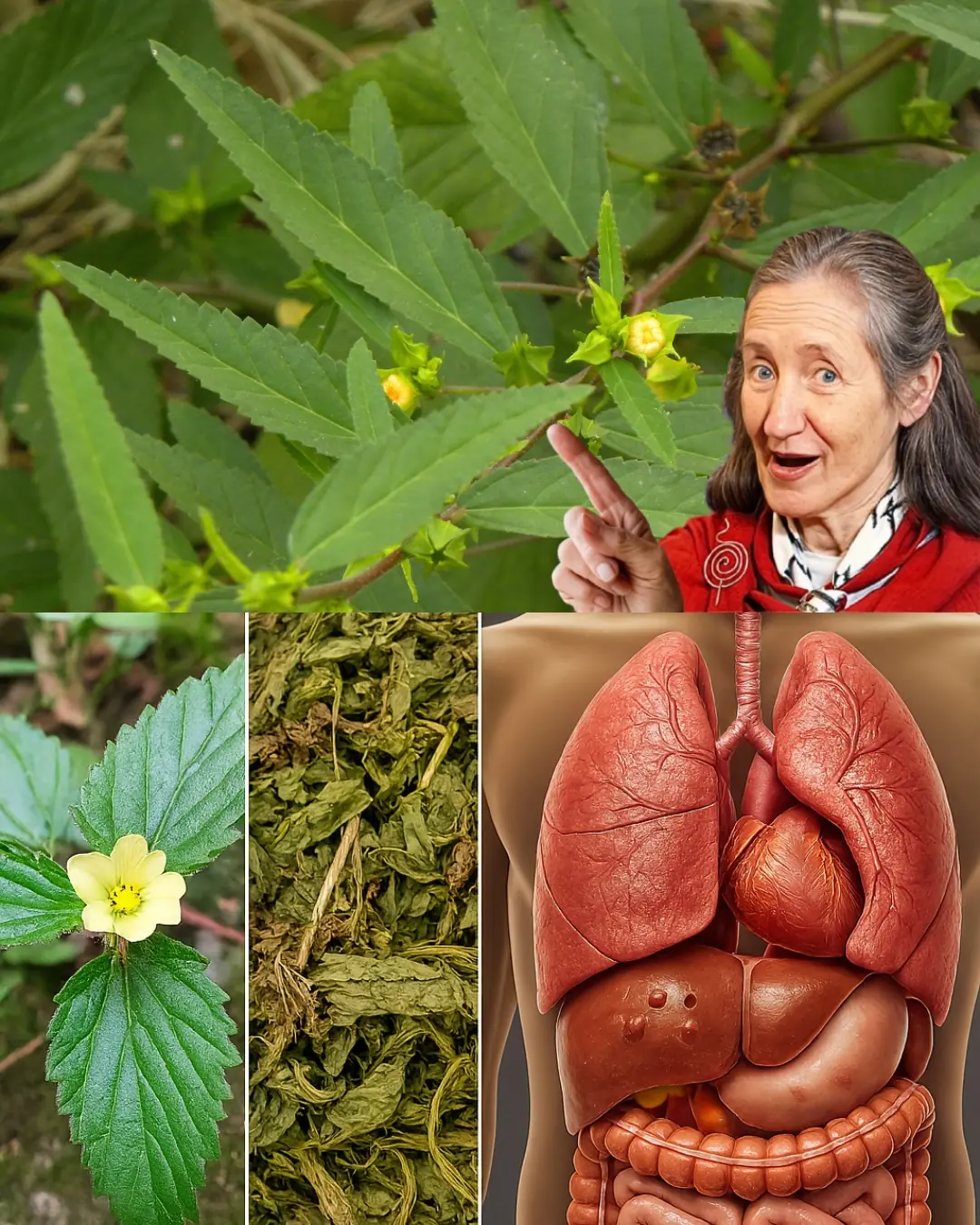
Unveiling the Secrets of Sida Acuta: The Hidden Powerhouse of Nature

Ignite Your Energy: The Ultimate Coconut Water, Garlic, Ginger & Honey Elixir for Peak Performance
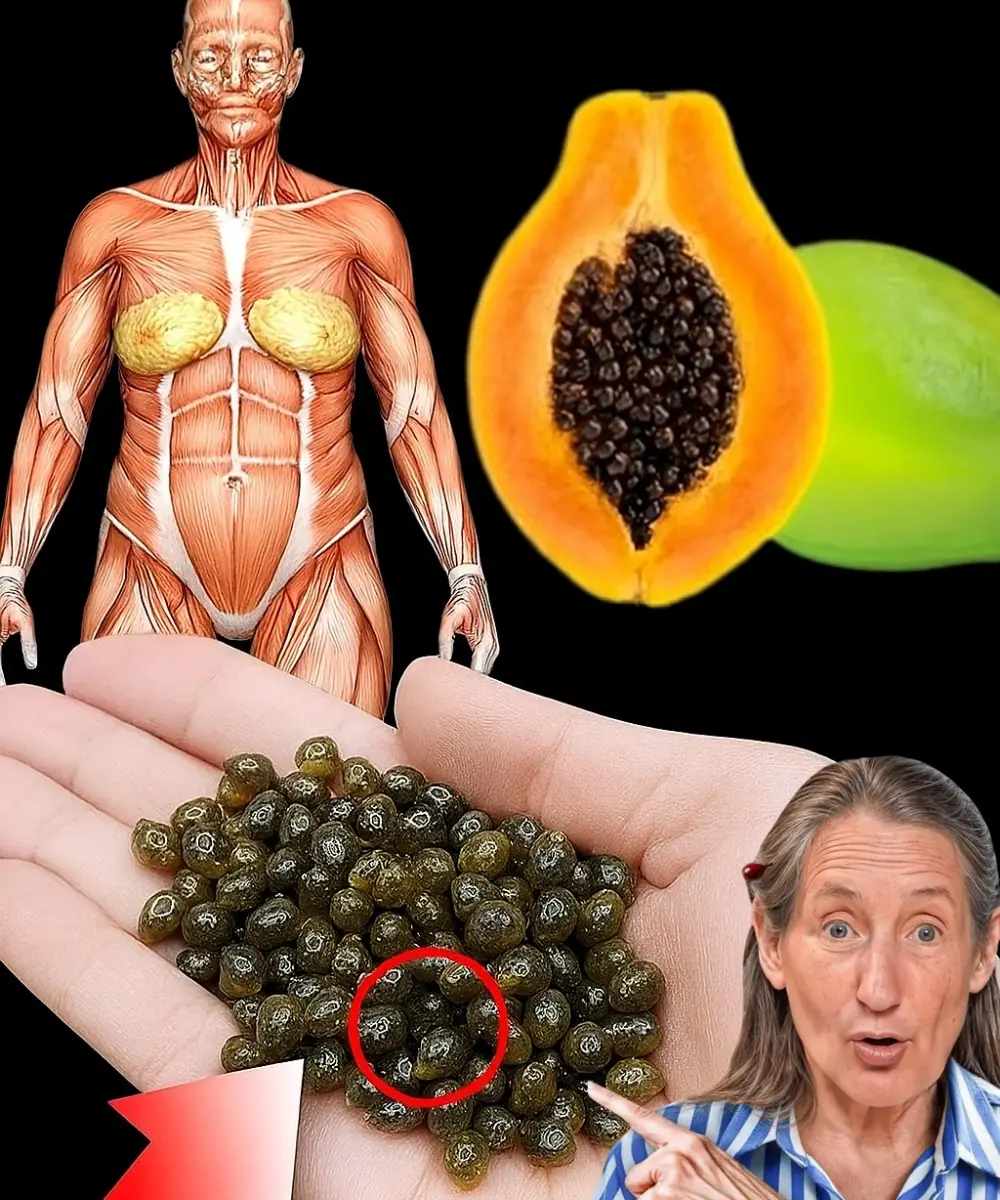
Discover the Secret Power of Papaya Seeds: 10 Health Benefits You’ll Wish You Knew Sooner
